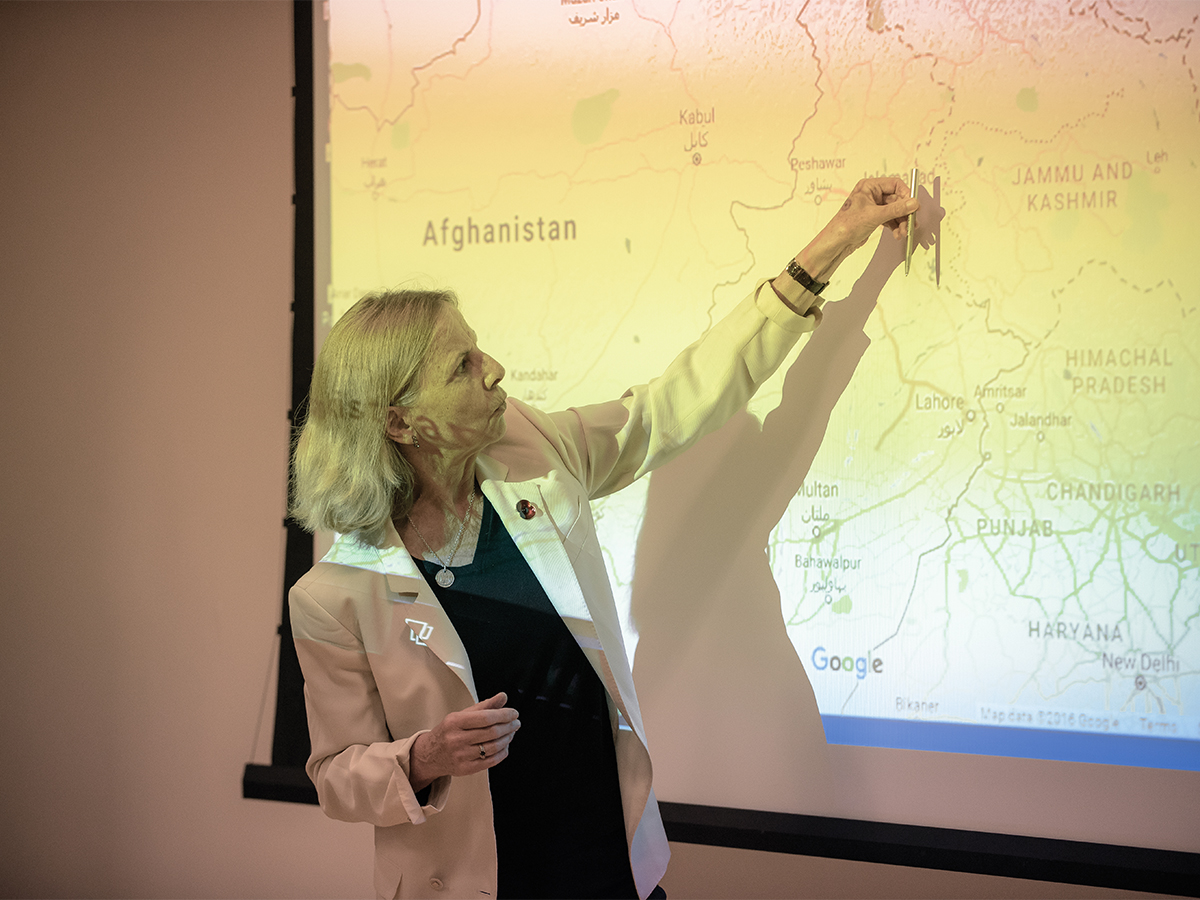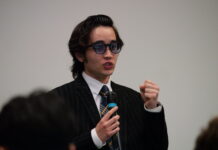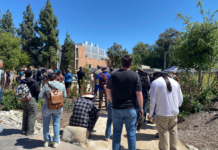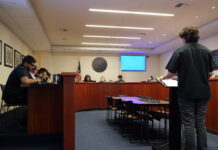
At 4:30 p.m. on Monday, Nov. 21 in HUB 269, UCR’s Global Issues Forum and the World Affairs Council, the “premier forum in the Inland Empire for discussion of national and international subjects,” hosted a lecture by journalist and author Victoria Schofield to discuss the ongoing conflict in Kashmir, a region that Pakistan and India have been fighting over since shortly after World War II. The event is part of a string of seminars hosted by the Global Issues Forum to shed light on significant international issues. The event began with an introduction by Margaret Hill, program chair of the World Affairs Council, and Zoya Mirza, a fourth-year neuroscience major.
Schofield is a writer and historian who has spent over 30 years studying the embattled Jammu and Kashmir region. Schofield first came to the region in 1978 with a friend from Oxford University, Pakistani politician Benazir Bhutto, and described the differing rhetoric in India and Pakistan.
Despite the region being what Schofield described as “the crossroads … of the world in terms of communications,” she acknowledged that, due to the severity of the decades-long conflict between the two countries, Jammu and Kashmir is “one of the most troubled regions” and a “nuclear flashpoint between India and Pakistan.” Jammu and Kashmir is a region that straddles the Himalayas and crosses between Pakistan and India. It used to be a princely state, ruled by Maharaja Hari Singh, until 1947 when the British Empire dissolved and attempted to transfer power to both new countries. Schofield went on to discuss the invasion of the predecessors to the Taliban who wanted to take the region for Pakistan. The maharajah then asked for arms from India sparking what was feared to be “an inter-dominion war” between Pakistan and Singh. This led to a vote to decide which country the region would join and a ceasefire line was drawn. However, the vote was not held, leading to anger that has been passed down through the generations.
Schofield then broke down the different regions within Jammu and Kashmir — Azad Kashmir in the west, Ladakh in the east, Gilgit Baltistan in the north, Jammu in the south as well as the Kashmir Valley measuring 80 miles long and 20 miles wide. Schofield described the valley as “not a very big valley, but it’s the most beautiful region and the most populated region, and it’s really the most contested region and it’s populated by majority Muslims and Kashmiris who speak the language of Kashmir.”
Schofield described how a major problem is the presiding Indian government’s refusal to mediate, describing it as an “internal matter, with nothing to do with you (the international community).” Schofield also described how the matter was complicated with the declaration of India and Pakistan as nuclear powers in 1998 saying this “puts all our lives in danger.”
The seminar was followed by a Q-and-A with the audience which touched on issues such as if the Kashmiris are political prisoners, the religious makeup of the region, the disconnect of regional elites, the insurgent Mujahideen and the exodus of Kashmiri Pandits.
The next event held by the World Affairs Council will take place on Tuesday, Nov. 29 at San Manuel Gateway College in San Bernardino. The event will discuss terrorism and public policy.








